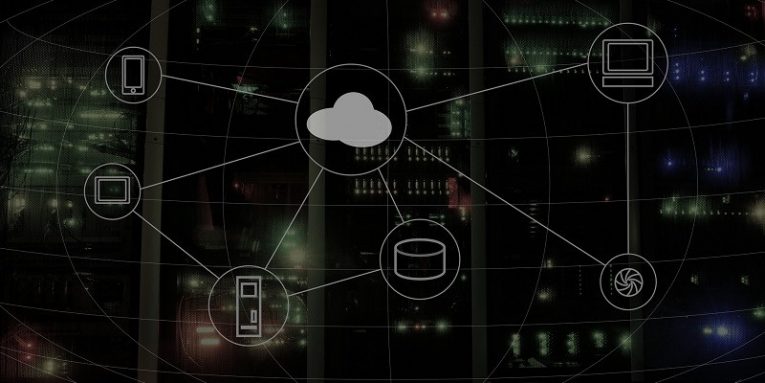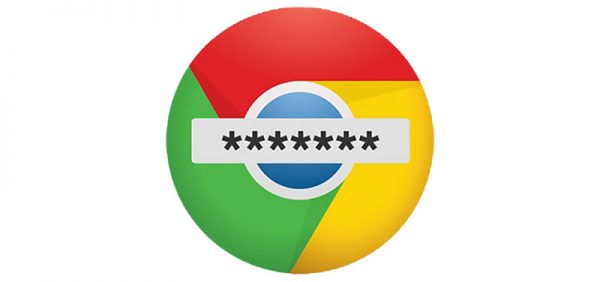If You Care About Your Cloud Identity, a Good Password Is the #1 Thing to Take Care Of

While Cloud computing can provide system resources, such as storage, available on demand without the user having to play an active role in its management, the security of the Cloud is still the user's concern. In other words, if anyone attacks your databases, you will have to deal with it on your own. Naturally, Clouds with databases full of user information attract hackers, which is why it is best to assume at some point the accounts you are managing could become targeted, and to take safety precautions right from the start. Many developers using Google Cloud technologies are familiar with their product called Cloud Identity, an Identity as a Service solution that allows managing users, applications, and devices from the Google Admin console. It might seem like the service takes care of everything, but the responsibility of protecting your users' information still rests on the administrator's shoulders. Therefore, we strongly recommend learning how to secure Cloud Identity using a password, and, further in the text, we will explain it in more detail.
Table of Contents
What is Cloud Identity?
As said earlier, Cloud Identity is an Identity as a Service solution also known as IDaaS. It allows one to centrally manage groups or users who have access to the Cloud's resources. According to Google Cloud blog, the solution was created for administrators and developers for easy identity management from one console. It is meant for those who do not want to have to build their own identity and access management functionality. In other words, it is supposed to help them focus on the project itself.
How to secure Cloud Identity using a password?
To protect your users and information on your Cloud databases you have to secure Cloud Identity. The best way to do so is to use a strong password so no one else could gain access to your account.
You may have already heard that a strong password has to be unique, but what does it mean? It means you cannot reuse passwords that are already used for your other accounts. Also, with the increasing data breaches, it is just as important to check whether the password was compromised during one of these incidents. There are online tools that have lists of all compromised login credentials and can tell if the passcode you enter was ever leaked. Naturally, many variations have been used or breached over the years, and many new passwords get breached every day. Consequently, it becomes challenging to come up with a combination that would be both memorable and unique.
Luckily, nowadays we have password managers that can solve both problems. For instance, Cyclonis Password Manager can create unique passwords from random characters and the user does not even need to remember them, as he can enable auto-login function. In other words, the tool can log you in automatically into your account without you having to insert your login credentials. This may sound risky, but keep in mind that the tool guards your passwords in an encrypted vault that can be unlocked only with your master password. For more information about Cyclonis, continue reading here.
Furthermore, to secure your Cloud Identity or any other account, you need to pick a long password. The longer the password is, the more possible combinations there are, and if the combination is both long and unique, it might take thousands of years to crack it. Remember that the minimum number of characters that we ought to use when creating a passcode keeps increasing. At some point it was enough to think of six characters, later it became recommendable to use eight, and now cybersecurity specialists advise using twelve or more characters. Thus, provided the password is unique, the more characters it has, the stronger it will be. It is worth mentioning that with Cyclonis Password Generator you can create extremely long combinations (up to thirty-two characters).
Another thing we should discuss is the password's complexity. It is not enough to make your password long and unique, as it is just as crucial to use different characters. It means, to increase the passcodes security you should use not only lower-case and upper-case letters and numbers but also special symbols. Currently, Cyclonis lets you choose which characters to use when generating a password, but for more protection, we would recommend picking the option including all of them.
What extra precautions can you take?
Developers using Cloud Identity should not only encourage their users to employ Two-Factor or Multi-Factor Authentication but also do so themselves. This extra security layer can protect the account in times when hackers manage to gain the password, for example, due to phishing attacks, or if they can crack it. As you see, Two-Factor Authentication requires providing a secondary factor besides the password, such as a code sent to the user's email, while Multi-Factor Authentication acquires at least two additional factors.
Cloud tools have various benefits and solutions that can make the application development process much easier. However, to protect your work and users, you might be managing with Cloud Identity, you should make sure no hacker can access your account, and hopefully, the tips above will help you secure it by creating a strong password.








